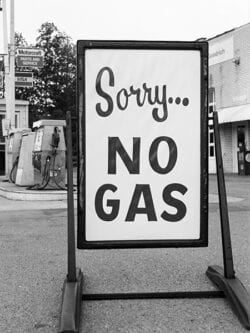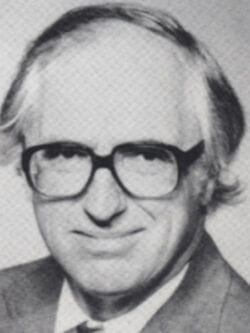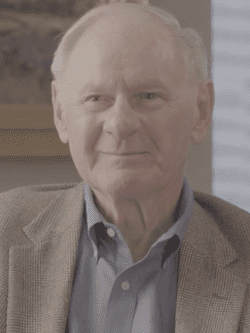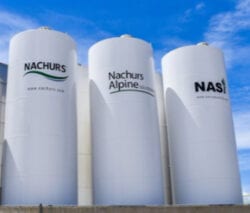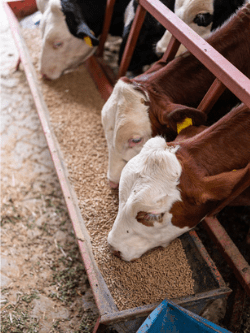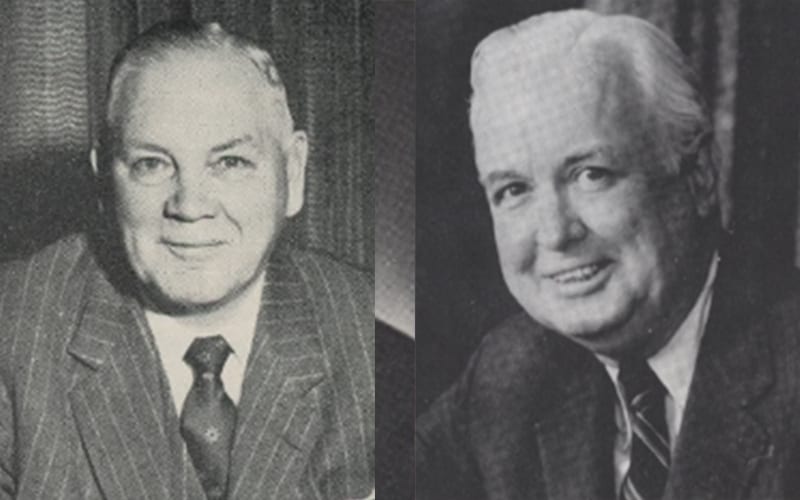A Time of Endings and New Beginnings for the World and Wilbur-Ellis
The endings in the 1970s were profound. After 20 years, the Vietnam War came to an end. So did the economic prosperity of the previous two decades. An oil embargo that began in 1973 curtailed the flow of oil from the Middle East to several industrialized nations, sending a shock wave through global economies and leading to gasoline shortages for consumers.
The next year, the U.S. faced turmoil on another front, when President Richard Nixon resigned amid the Watergate scandal. And by the end of the decade, it was déjà vu, as a second oil crisis hit, doubling oil prices, fueling a global recession, and again causing long lines at the gas pump.
But the 1970s brought new beginnings, too. There was a liberalization of commerce in China, following a historic visit by President Nixon in 1972, which helped open diplomatic channels that had been closed for over 20 years. Peace in the Middle East seemed within reach, as the leaders of Egypt and Israel signed the Camp David Accords in 1978. Social progress for women continued, as Margaret Thatcher was elected the first female Prime Minister of the U.K. In science and technology, Apollo 13 returned safely to earth after near disaster, the digital age for consumer products began (with the first calculator, cell phone and personal computer), and the first “test tube baby” was born.
